Introduction to Morel Mushrooms
Few wild foods inspire the passion and dedication that morel mushrooms do. With their distinctive honeycomb caps, earthy flavor, and the thrill of the hunt, morels (Morchella species) have earned a devoted following among foragers and chefs alike. These elusive fungi appear for just a few weeks each spring, emerging mysteriously from the forest floor before disappearing until the following year.
The hunt for morels is more than just a culinary pursuit—it's a springtime tradition that reconnects people with nature's cycles, challenges them to develop keen observation skills, and rewards persistence with one of the most prized edible mushrooms in the world. Unlike many other wild mushrooms, morels have resisted large-scale commercial cultivation, making the wild hunt the primary source for these delicacies.
In this comprehensive guide, we'll explore the best places to find morel mushrooms, including the ideal habitats, regional hotspots, and environmental conditions that trigger their growth. Whether you're a seasoned forager or a newcomer hoping to find your first morel, this information will help you narrow your search and increase your chances of a successful hunt.

Understanding Morel Habitats and Growing Conditions
Preferred Tree Associations
Morels have strong associations with certain tree species, and knowing which trees to focus on can significantly improve your success rate. The most productive tree associations include:
Elm Trees
Dying or dead elm trees, particularly American elms, are among the most reliable producers of morels. Trees with bark that is "just beginning to loosen and fall" are often the most productive. Look for elms that have been dead for 1-2 years, as these typically yield the most mushrooms.
Ash Trees
Ash trees, particularly those affected by emerald ash borer disease, create ideal conditions for morel growth. The relationship between dying ash trees and morel production has been well-documented by foragers across North America.
Apple Trees
Old apple orchards, especially those with dying or dead trees, are legendary morel hunting grounds. The mushrooms often "grow on the edges of wooded areas, especially around oak, elm, ash, and aspen trees", with old apple orchards being particularly productive.
Other Productive Trees
Additional tree species associated with morel growth include:
- Tulip poplar (especially in the eastern United States)
- Sycamore
- Cottonwood (particularly in river bottoms)
- Oak
- Maple
- Aspen
Knowing how to identify these trees, especially during early spring before full leaf-out, is a valuable skill for morel hunters. As one experienced hunter advises, "Do yourself a favor and learn to zero in on (learn how to identify) Elm trees" as they're often the most reliable producers.
Soil and Terrain Characteristics
Morels have specific preferences when it comes to soil conditions:
Soil Type
Loamy, well-draining soil with plenty of organic matter is ideal for morel growth. Heavy clay or extremely sandy soils are typically less productive.
Moisture
Morels thrive in moist but not waterlogged conditions. They "tend to like moist soil, so snowy winters followed by rainy springs are ideal" for morel development. Areas near streams, creek beds, and river bottoms often provide the right moisture balance, especially on slightly elevated ground that doesn't flood directly.
Slope Direction
The direction a slope faces (aspect) significantly impacts morel growth due to its effect on soil temperature and moisture:
- South and west-facing slopes "catch the most sunlight" and "warm up faster than shaded areas," making them the first places to search early in the season
- East-facing slopes become productive mid-season
- North-facing slopes and heavily shaded areas produce morels late in the season
Disturbed Areas and Burn Sites
Some of the most productive morel habitats include areas that have experienced recent disturbance:
Fire Zones
Areas affected by forest fires, particularly in the western United States, can produce incredible quantities of morels the following spring. "Large burn sites in forested areas are ideal for morel mushroom hunting, especially in burned areas where jack, white or red pine once grew". These "burn morels" often appear in massive quantities and are a major focus of commercial harvesting operations.
Logged Areas
Recently logged forests, especially those where equipment has disturbed the soil, can be productive morel grounds for 1-3 years after logging.
Flood Zones
River bottoms and areas that experience periodic flooding often yield good morel harvests, as the disturbance and nutrient deposition create favorable growing conditions.
Other Disturbed Sites
Morels "tend to sprout in areas" that have been "recently disturbed," including forest edges, lightly used trails, and areas where soil has been disrupted.
Regional Guide to Finding Morel Mushrooms
Morel distribution varies across North America, with different regions hosting different species and offering unique hunting conditions. Here's a breakdown of what to expect in major regions:
Midwest (Morel Heartland)
The Midwest is widely considered the epicenter of morel hunting in North America, with states like Michigan, Illinois, Iowa, Indiana, Minnesota, Wisconsin, and Missouri boasting exceptional harvests.
Prime Midwest Locations
- The "driftless region of Iowa, Illinois, Minnesota, Wisconsin and Michigan" is particularly productive, with "Mother's Day traditionally the middle of the morel mushroom hunting season" in this area
- River corridors along the Mississippi, Missouri, and Ohio Rivers and their tributaries
- Southern Michigan's woodlands and forests
- The forest preserves of Illinois and Indiana
- Oak and elm forests throughout Iowa and Missouri
Midwest Timing
Typically mid-April through late May, moving progressively northward as the season advances. "May is morel month in Michigan, but the actual fruiting period is from late April until mid-June, depending on the location and species".
Eastern United States
The Appalachian region and northeastern forests offer productive but sometimes challenging morel hunting.
Prime Eastern Locations
- Old apple orchards throughout New England and New York
- Mixed hardwood forests in Pennsylvania, West Virginia, and Virginia
- The Great Smoky Mountains in Tennessee and North Carolina
- "Elm, ash and apple trees" are the most productive trees to search near in the Northeast
Eastern Timing
Generally from mid-April through early June, with southern areas starting earlier and New England/northern regions seeing later seasons.
Western United States
The West offers unique morel hunting opportunities, particularly around burn sites.
Prime Western Locations
- Post-wildfire sites in national forests, especially in the Pacific Northwest
- "Post-fire morels" in the western states can be so abundant that "20+ pounds of morels can be found on a typical good day" in these burn sites
- River bottoms with cottonwood trees in Colorado, Wyoming, and Montana
- Aspen groves at middle elevations in the Rocky Mountains
Western Timing
Varies greatly by elevation, from March in low-elevation California sites to July in the high mountains of Colorado, Idaho, and Montana.
Southern United States
While not typically associated with abundant morel harvests, certain areas in the South do produce morels.
Prime Southern Locations
- "Creek bottoms and river edges" in the South, with "the best opportunity" being "within 100 yards of water"
- Areas with tulip poplar and ash trees
- The Ozark and Ouachita Mountains in Arkansas and Missouri
- Higher elevations in Kentucky, Tennessee, and North Carolina
Southern Timing
Earliest in the country, sometimes starting in late February or early March and typically finished by mid-April.
Seasonal Timing and Conditions for Morel Hunting
Soil Temperature: The Critical Factor
The single most important indicator for morel emergence is soil temperature. Research shows "very strong evidence that you will not find morel mushrooms until soil temperatures at depths of 4 to 6 inches deep (top soil horizon) have risen to an absolute minimum of about 47°F".
Optimal soil temperature range:
- Minimum: 47-50°F (8-10°C)
- Ideal: 50-55°F (10-13°C)
- Maximum: When soil consistently reaches 60-65°F (15-18°C), the season typically ends
Investing in a soil thermometer can be worthwhile for serious morel hunters. The "morel season progresses according to soil temperature; they don't start until it's warm enough, and once the ground is too warm, it's over".
Natural Indicators and Phenology
Nature provides several indicators that coincide with morel emergence:
- "Mayapple wildflowers are nature's soil thermometer. When they start to bloom, gray morels should start showing"
- Dandelions can serve as indicators - "When the dandelions are blooming, get ready. When they start going to seed, start looking for wild mushrooms"
- When oak leaves are "the size of a squirrel's ear" - a traditional indicator
- Lilac bushes beginning to bloom
- Trillium and bloodroot flowering
Weather Patterns
Specific weather conditions can trigger or enhance morel flushes:
- Morels require "a temperature range of 55 to 70 degrees Fahrenheit" in terms of air temperature for optimal growth
- A period of warm days (60-70°F) and cool nights (40-50°F)
- Moderate rainfall followed by several warm days
- "After a rainy period followed by warm sunny days, morels tend to emerge more abundantly"
Progression of Morel Types
Different types of morels appear in a somewhat predictable sequence:
- "The black morels show up first followed by the 'half frees' and then the grays followed by yellows or whites. And, lastly, the giants"
- This progression is not always strict and varies by region, but understanding it can help you time your hunts for specific varieties

Expert Tips for Successful Morel Hunting
Search Strategies
Effective searching techniques can dramatically improve your success:
- When you find a morel, "stop where you are! Your best bet to find more mushrooms is to search the immediate area within about 20 feet of the patch you already found"
- "Crouching down low helps by giving you a different perspective" when searching for morels that blend into the forest floor
- Walk slowly and scan methodically; morels often blend perfectly with leaf litter and dappled light
- Use a walking stick to gently move aside leaves and undergrowth without damaging potential mushrooms
- Consider using digital resources like mapping apps to "mark locations of interest" and to identify areas with the right tree species
Timing Your Hunts
Strategic timing can make the difference between success and failure:
- "Early morning foraging can be particularly fruitful, as the overnight moisture can make morels easier to spot"
- After a warm spring rain is often the best time to hunt
- Return to productive spots every few days, as new mushrooms may appear throughout the season
- "South and West facing slopes will warm up earlier in the year, while Northern and Eastern slopes will warm up later", allowing you to extend your hunting season by following this progression
Tracking Resources
Several resources can help you monitor morel emergence in your area:
- "Morel sighting maps" serve as "a great resource for monitoring the progression of the morel mushroom"
- Online forums and social media groups dedicated to morel hunting
- State conservation department websites that may track mushroom sightings
- "Degree days are calculated as the accumulated days experiencing temperatures above a specified threshold," with about "400 degree days" (using a base of 40°F) often marking the start of the season
Essential Equipment
Proper equipment enhances both success and sustainability:
- A mesh bag or basket that allows spores to spread as you walk
- A small knife or scissors for harvesting mushrooms at ground level
- A soil thermometer for checking ground temperature
- Good quality hiking boots and appropriate outdoor clothing
- A walking stick for moving vegetation
- GPS device or smartphone app to mark productive locations
Ethical and Legal Considerations
Sustainable Harvesting Practices
Responsible foraging ensures future morel harvests:
- "Never 'clear cut' a patch of morels" and always "leave unacceptable morels in the forest allows the spores to reproduce"
- Cut or pinch morels at ground level rather than pulling, which can damage the underground mycelium
- "Avoid over-harvesting by leaving some mushrooms behind to continue the lifecycle and disperse their spores"
- Minimize disturbance to the forest floor when searching
Legal Requirements
Familiarize yourself with regulations before hunting:
- "Morels found on public land are for personal use and cannot be sold" in many locations
- National forests, state parks, and other public lands may require permits for collecting
- In some regions, requirements specify that "mushrooms harvested for personal use must be sliced in half, lengthwise" to prevent commercial harvesting
- Commercial harvesting typically requires special permits and is regulated differently than personal collection
- Trespassing on private property without permission is illegal and unethical
Identifying True Morels vs. False Morels
Characteristics of True Morels
True morels (Morchella species) have several distinctive features:
- Hollow stem and cap when cut lengthwise
- Cap attached to the stem at the base (not hanging freely)
- Pitted, honeycomb-like texture with distinct ridges and depressions
- No cottony or web-like material inside when sliced open
- Generally symmetrical appearance
Avoiding False Morels
False morels (primarily Gyromitra and Verpa species) can cause serious illness or even death when consumed. Key differences include:
- Brain-like, wrinkled, or lobed cap rather than a honeycomb-pitted structure
- Caps may be attached only at the top of the stem, hanging freely like a skirt
- When cut lengthwise, contains cottony fibers or chambers, not a completely hollow interior
- Often has irregularly shaped caps and stems
Always be absolutely certain of identification before consuming any wild mushroom, and when in doubt, consult with experienced foragers or mycological experts.
Conclusion: The Joy of the Morel Hunt
Finding morel mushrooms combines knowledge, intuition, persistence, and a bit of luck. Part of their allure is their unpredictability—even experienced hunters occasionally come home empty-handed. But when you do spot that first distinctive honeycomb cap poking through the leaf litter, the excitement is unmatched in the foraging world.
The morel hunt connects us to age-old traditions of seasonal gathering and reminds us to pay attention to nature's subtle rhythms. As you develop your skills, you'll find yourself noticing details in the forest that others miss—the specific texture of an elm's bark, the first unfurling of mayapple leaves, or the slight difference in ground temperature between a south-facing and north-facing slope.
Whether you're seeking morels for their culinary value or for the pure joy of the hunt, the pursuit offers rich rewards that go beyond the mushrooms themselves. Armed with knowledge about where to find morel mushrooms and when to look, you're now better prepared to join the ranks of springtime foragers who eagerly await this annual treasure hunt.
Happy hunting, and may your basket be full of nature's most elusive and delicious fungi!


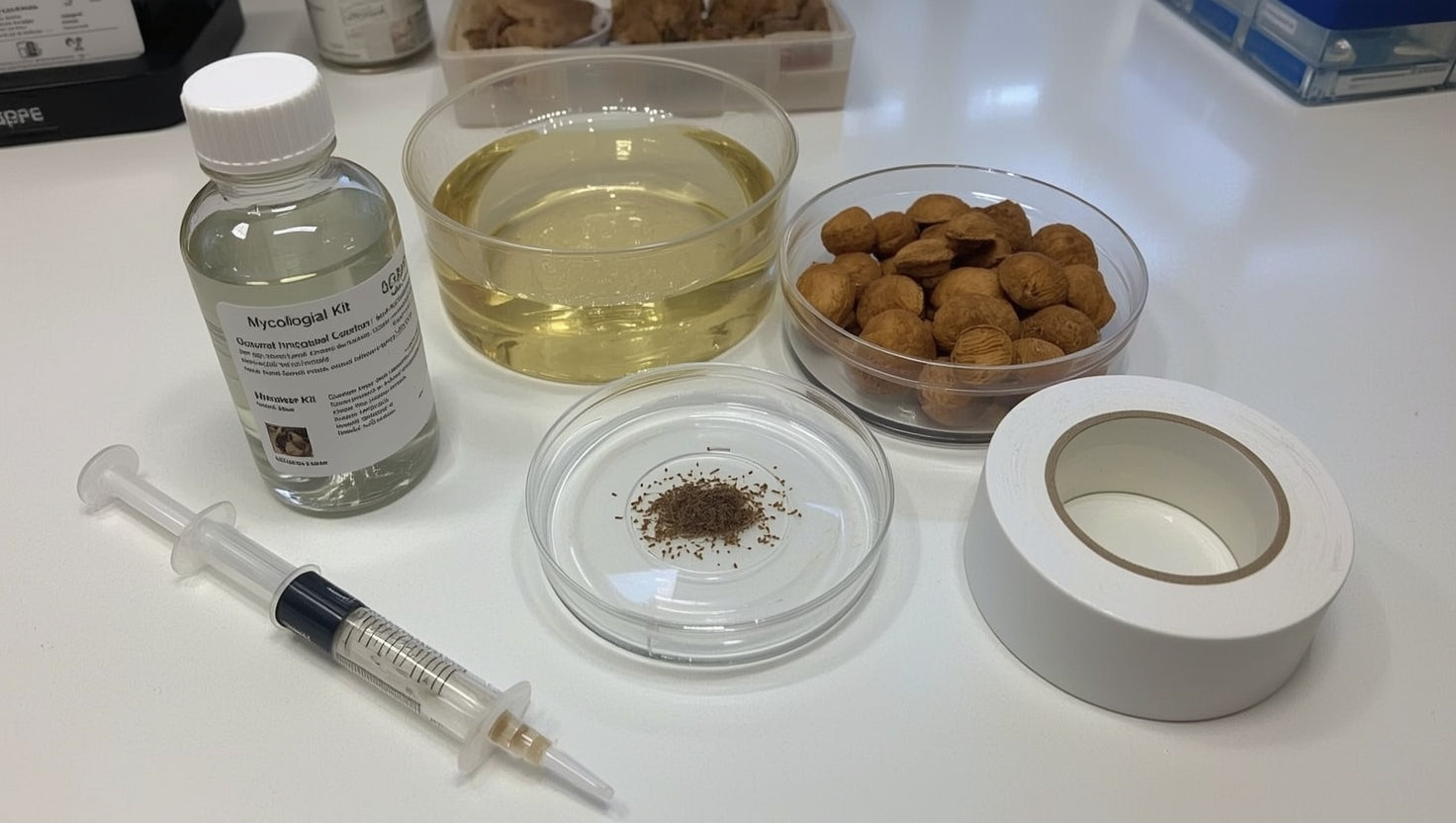
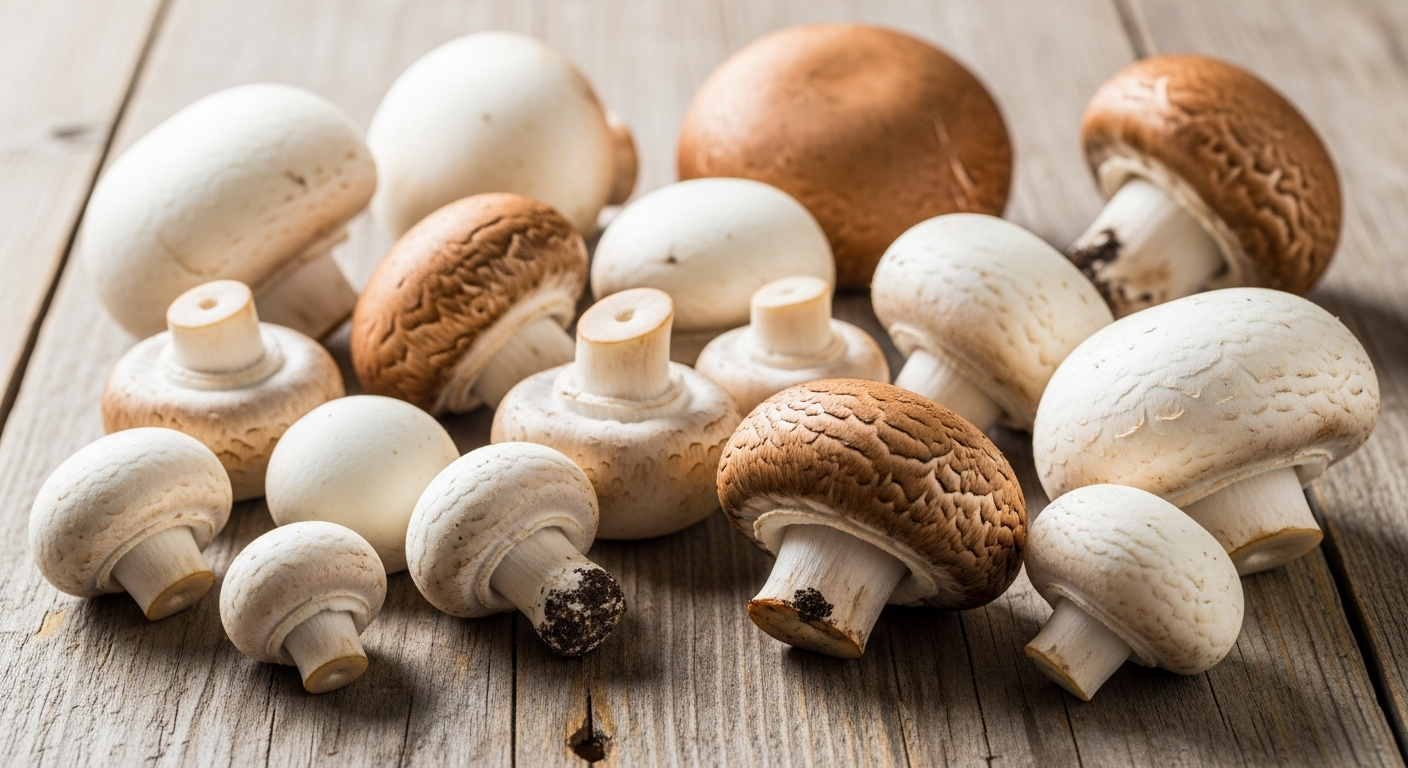
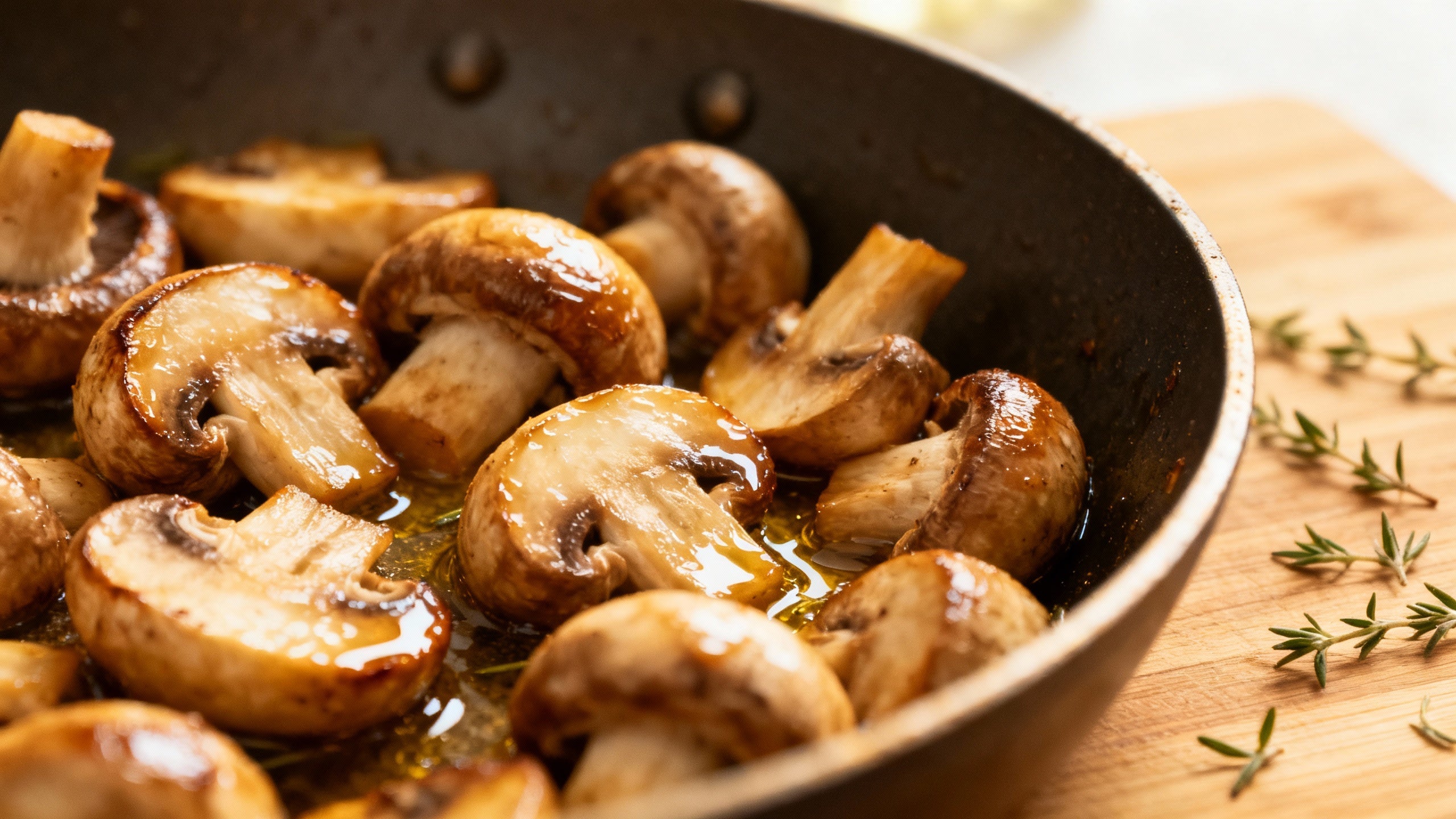
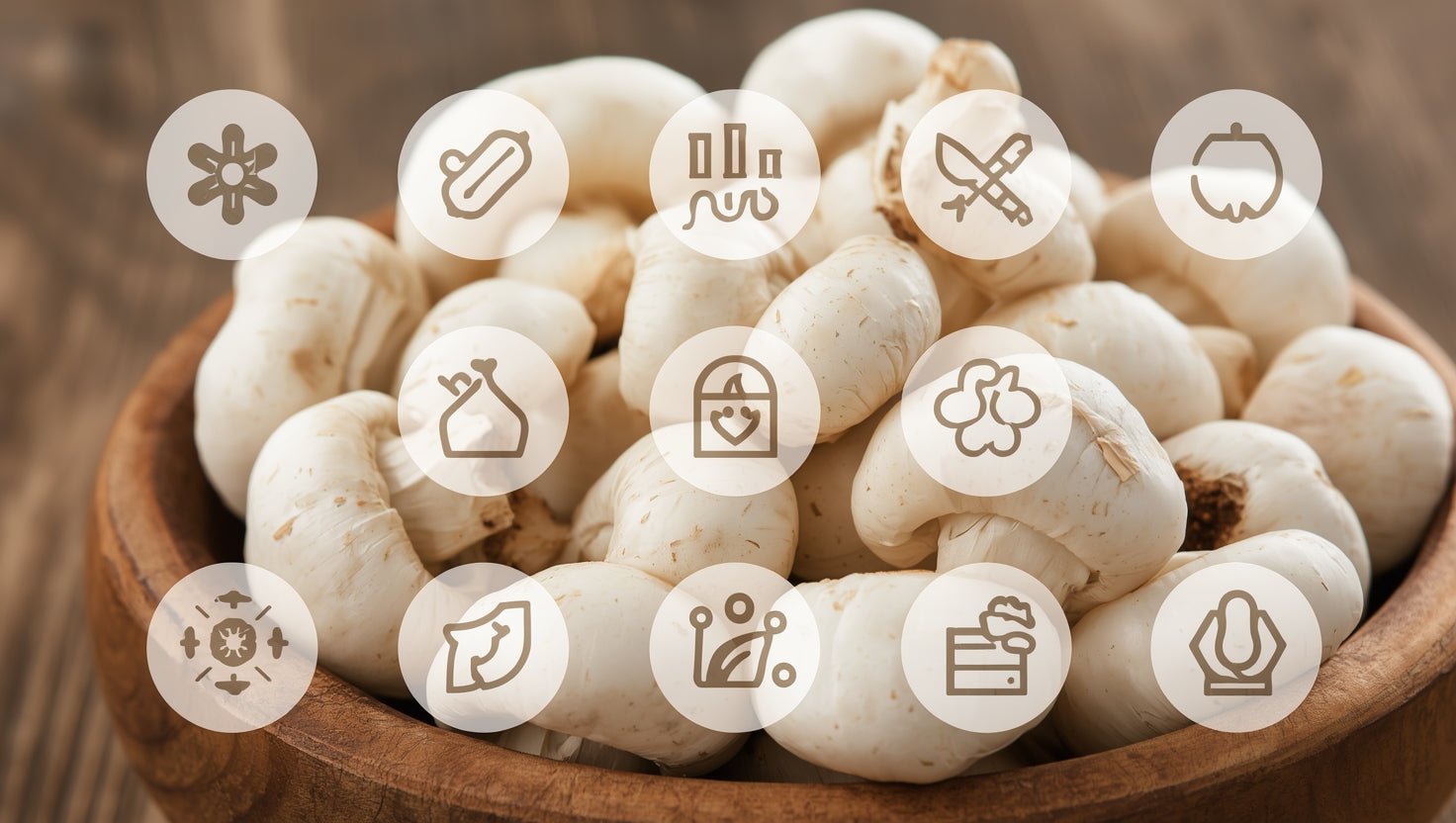
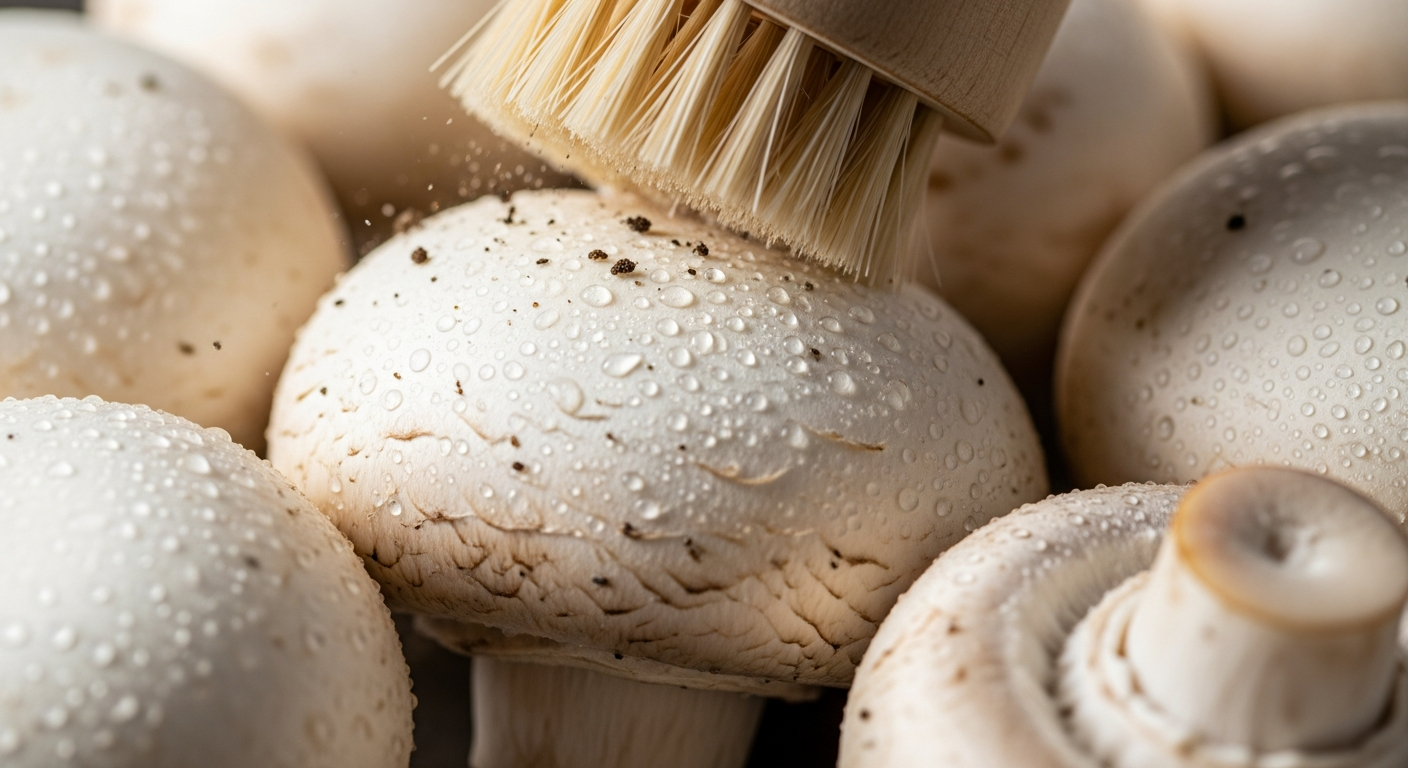
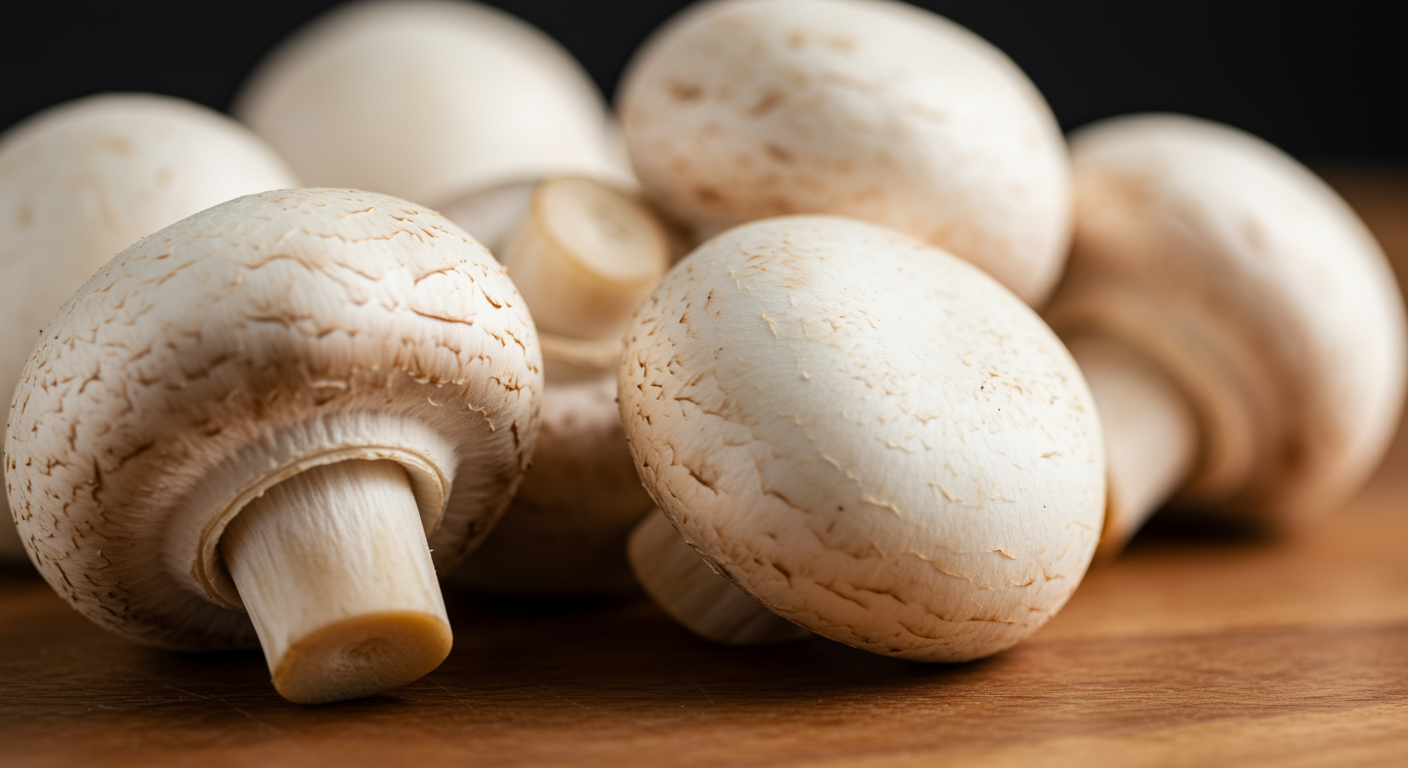
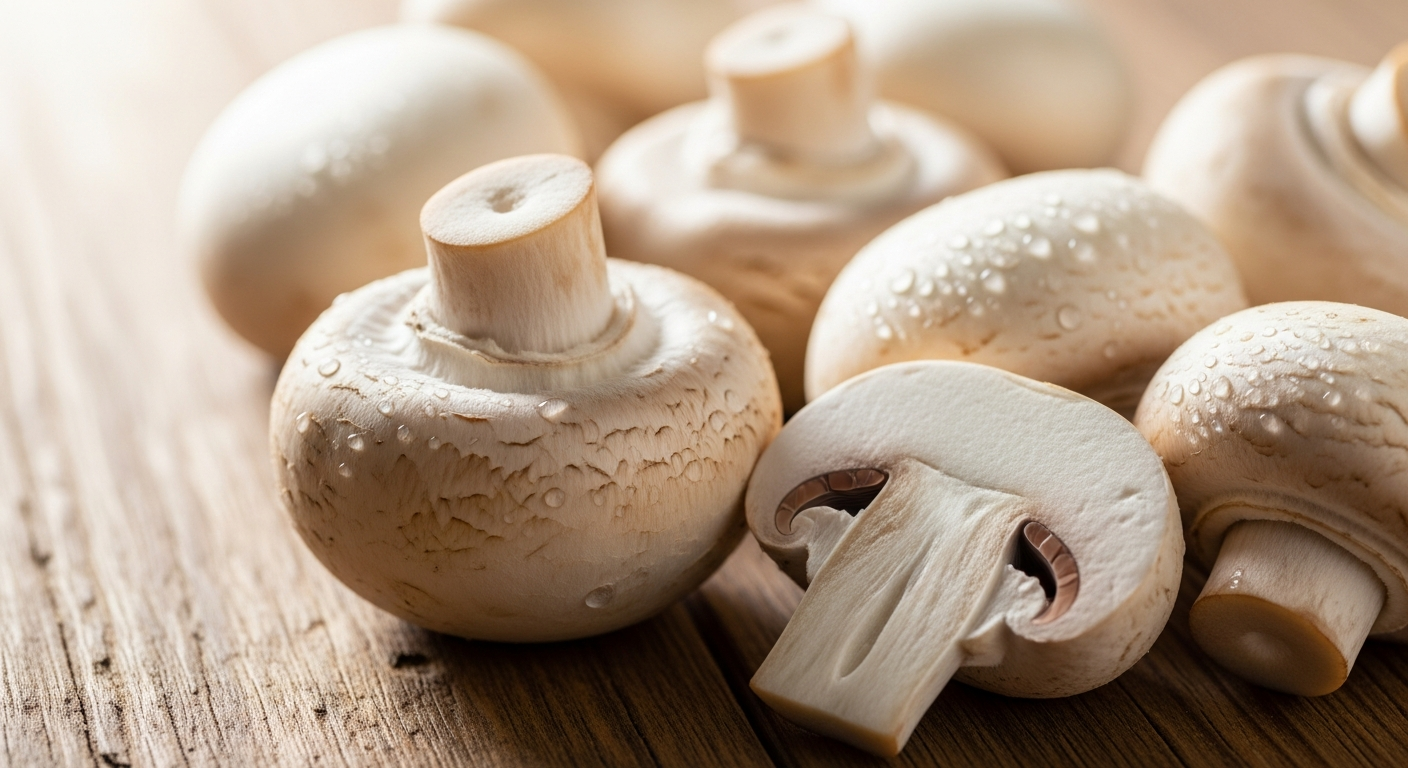
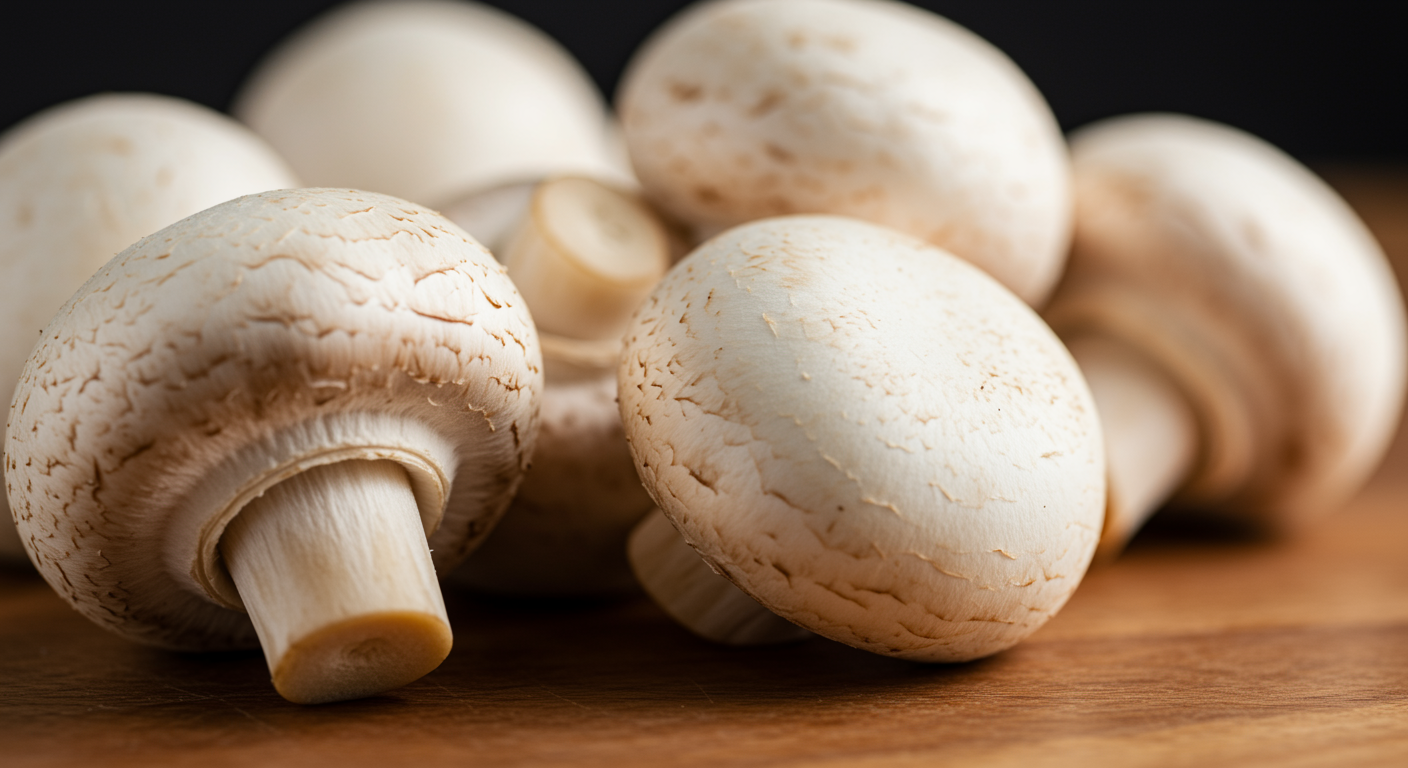
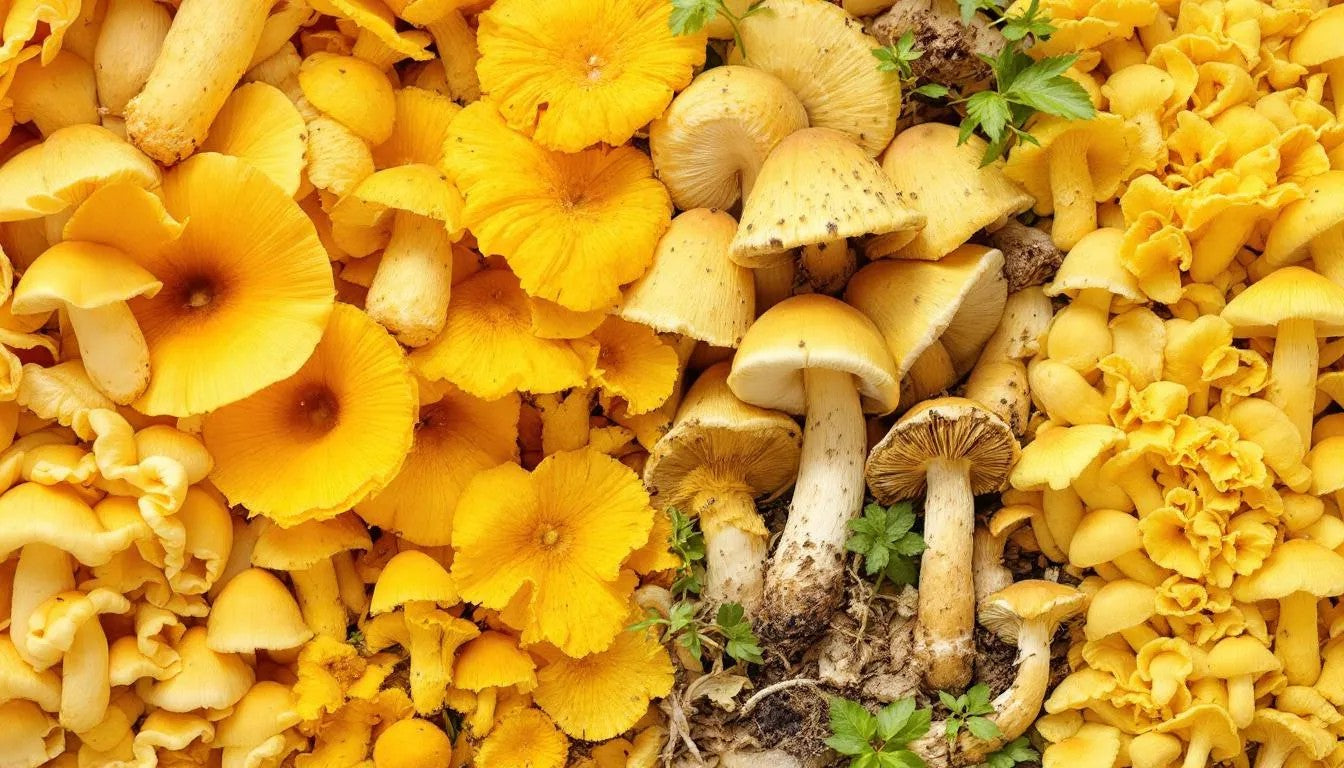

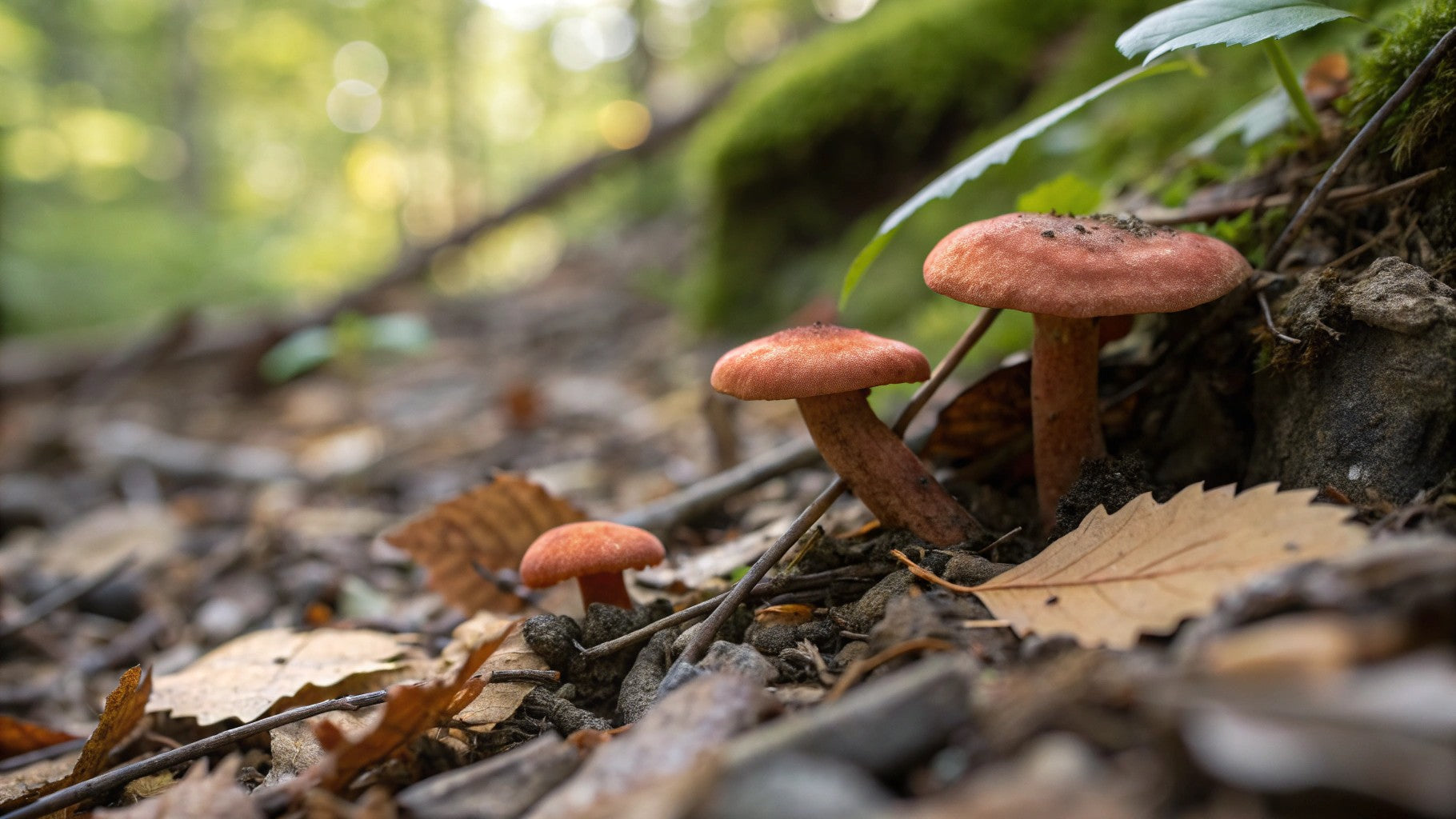
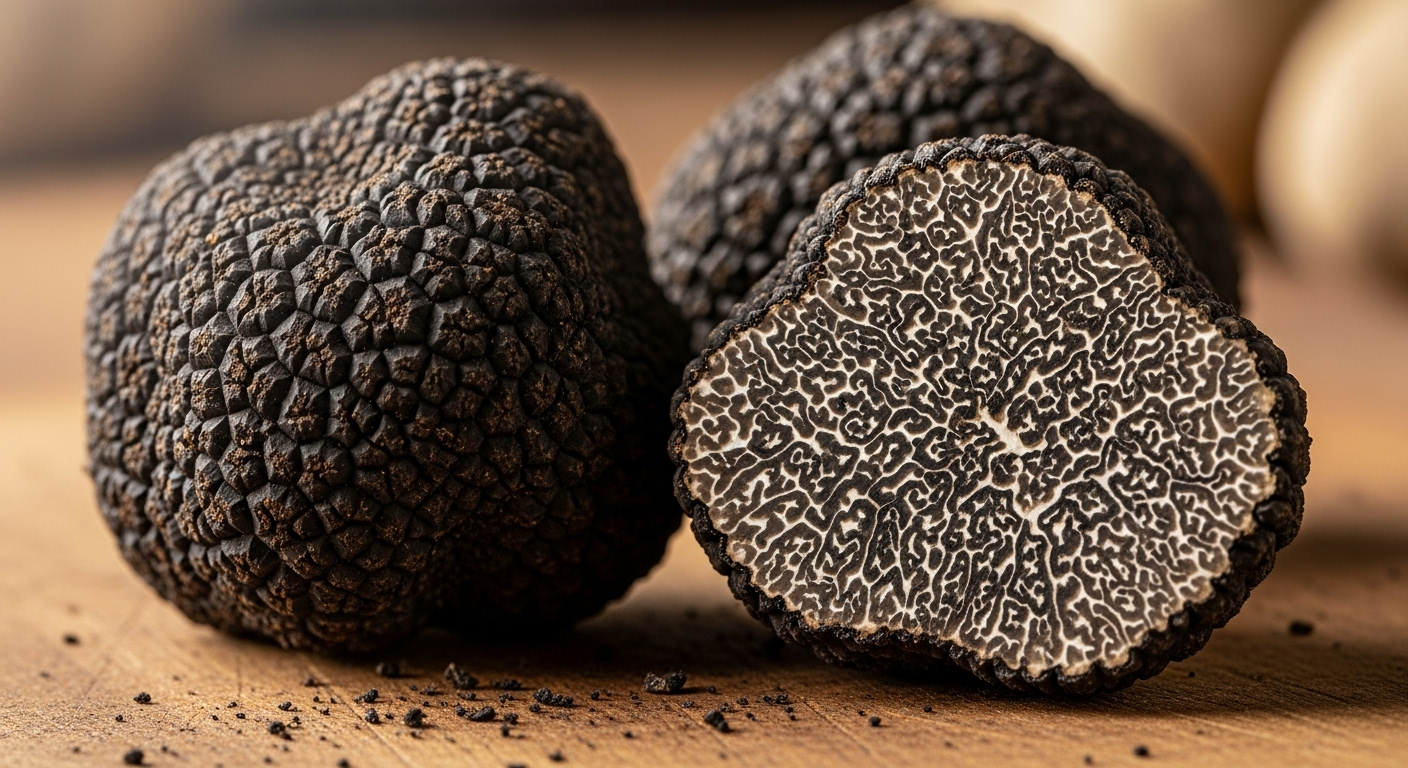
Share:
Morel Mushroom Recipes: Savor the Best Flavors of the Season
How to Cook Morel Mushrooms Perfectly